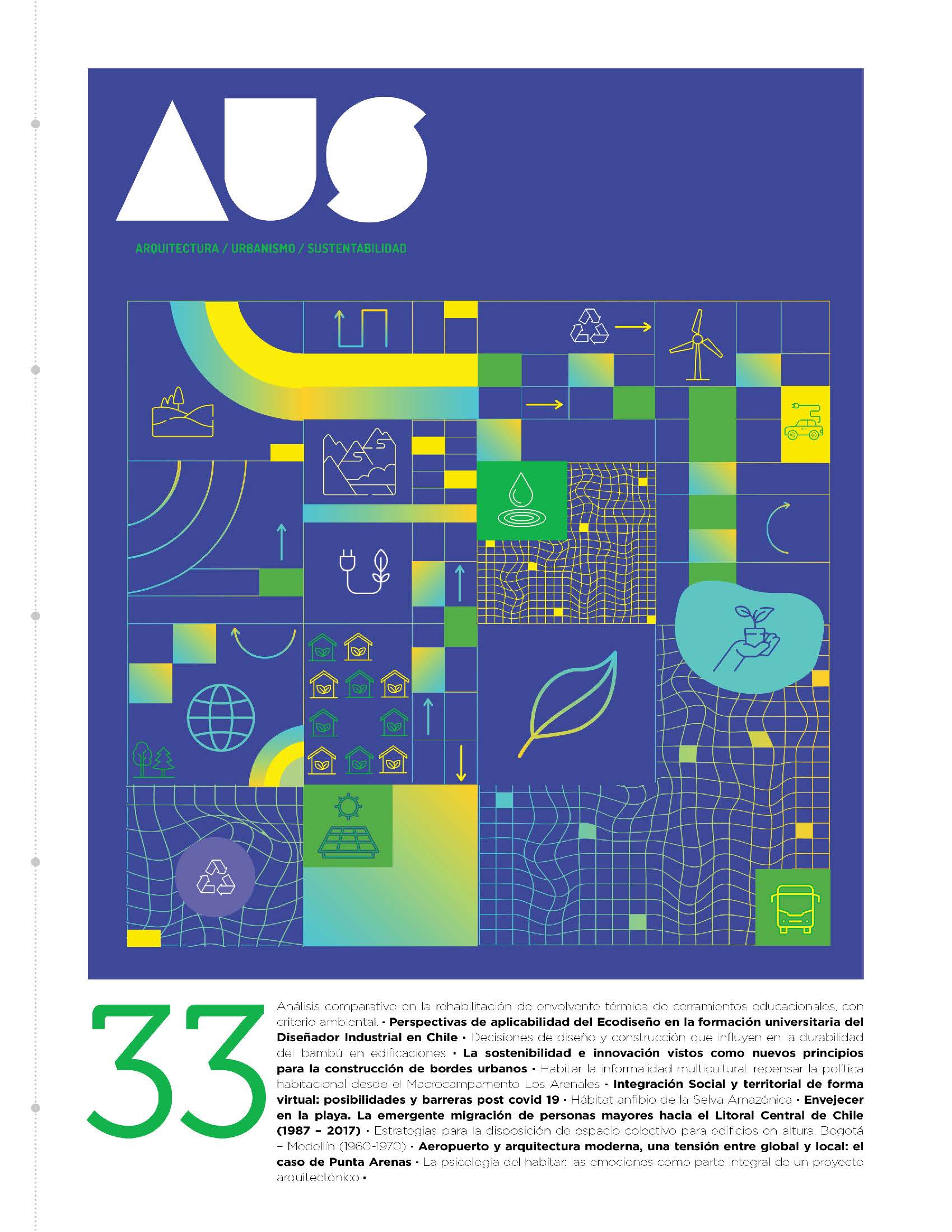Airport and Modern Architecture, a Tension between Global and Local: The Case of Punta Arenas
Main Article Content
Abstract
The evolution of aeronautics during the 20th century determined the emergence of airport terminals as an architectural typology anchored in modernity and linked to modern architecture, with a development in constant transformation marked by technological and functional changes.
Under the National Airport Plan and compelled by the emergence of the oil industry in the Magallanes Region, the construction and modification of the Punta Arenas airport passenger terminal between 1955 and 1973, expressed the requirements and problems established between airport activity and architecture in general. At the same time and in particular, it materialized the tension between a rational architecture –associated with progress and efficiency– with another architecture that sought to represent the territory and build specific and relevant responses.

